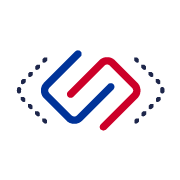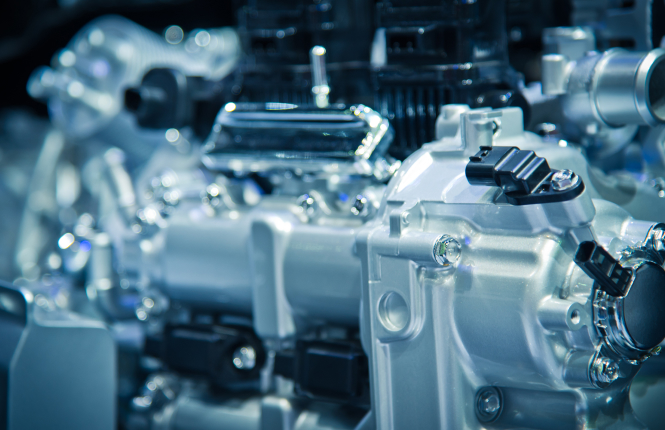Automated quality inspection in the press shop
Cracks, necking, fractures – typical defects that are hardly avoidable even today, despite the use of high-quality production techniques in the press shop. On the other hand, it is necessary to be able to guarantee the customers perfect quality of the production parts in order to remain competitive. This is a problem that is usually solved by the use of quality inspectors on the outfeed conveyor, where the workers manually inspect the components on the production line. But as practice shows, even this approach is not an ideal solution.
“Due to the sometimes quite monotonous inspection activity, it is possible that the concentration of the quality staff on the outfeed conveyor will wane after a while,” explains Mike Ehrhardt, Head of Quality at Smart Press Shop GmbH & Co KG in Halle (an der Saale). “Since the workers check for many different defects – including not only cracks but also other typical defects such as soiling, waviness, pressure marks, dents and so on – this, in combination with the monotony and the high cycle speed of sometimes twenty-one strokes per minute, can lead to an increased potential for error slip.”
Smart Press Shop, the joint venture between Porsche and Schuler, primarily produces aluminium and steel outer skin parts, which are among the most complex components in the VW Group. By integrating smart technologies, the press shop wants to counteract the challenges within the manufacturing process and install an automated quality inspection system that ensures maximum customer satisfaction. The goal was to ensure 100% detection of all defects through the new system and to provide long-term support for the quality staff on the outfeed conveyor.
Automatic 360-degree inspection of every component geometry by AI
Ai See is an artificial intelligence-based visual quality and defect detection system that can be integrated into both new and existing outfeed conveyors due to its modular recording technology. The system comprises the software, the so-called Ai-See Core, which enables the central collection and management of all Ai-See inspection cells, and the hardware, the Ai-See Line Inspector. This consists of standardised cameras which are attached to the outfeed conveyor inside the inspection cell.
After the inspection cells are installed above the outfeed conveyors in the Smart Press Shop, the artificial neural network is trained using live inspection images of parts with typical defects. The cameras in the inspection cell scan the production part, whereupon the system indicates its status in real time on the line as “OK” or “Not OK” and forwards this via screens to the quality staff on the outfeed conveyor. After the inspection by the inspection cell, the production part is subjected to a manual or haptic inspection by a quality employee, who finally decides which further processes are to be triggered with the production part.
With the integration of an automated quality control system, the Smart Press Shop has successfully reached the next milestone in the development of a closed quality control loop as part of an internal track & trace concept. In the long term, this should sustainably reduce complaints and rejects as well as improve internal processes and supplier quality, which is why the results of the crack detection are crucial in order to be able to draw conclusions about the process and product quality of the upstream processes.
Author: Roland Reiter
Links
Original source: https://www.maschinenmarkt.vogel.de/automatisierte-qualitaetspruefung-im-presswerk-a-bc52b5325e2ee7ff865e9ac8b90e66f9/ (Author: Anna-Lena Hahne)

